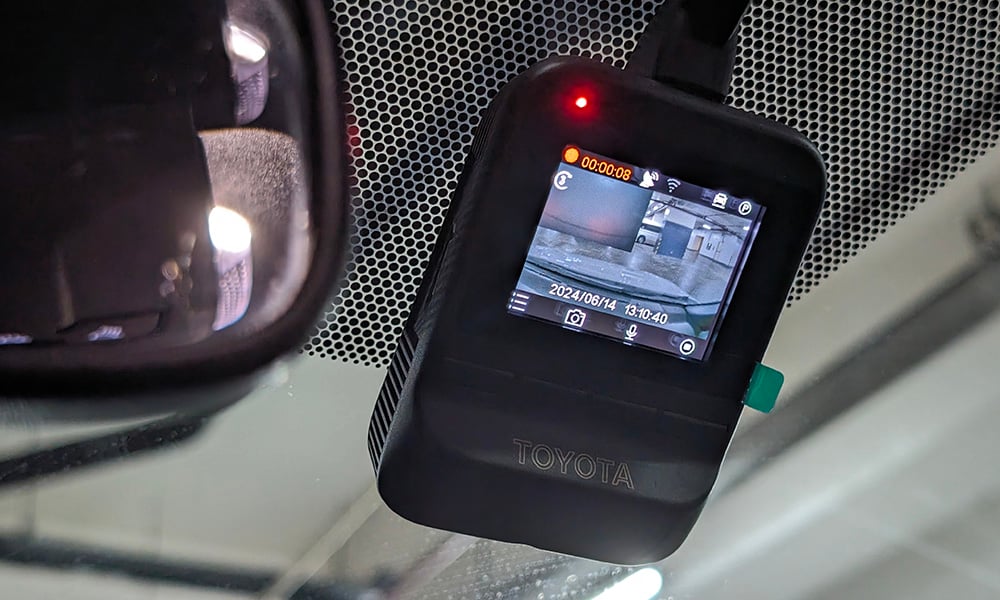
There is a lot to like about the updated Toyota Corolla Cross. In fact, the very variant that I currently have on loan is the base G HEV, which ticks a lot of boxes for an ideal commuter car.
But one thing caught me off guard, and it’s something that not many manufacturers include in vehicles for our market—a dashboard camera from the factory.
Yes, some dealerships would give them out as freebies, and there are Chinese vehicles with built-in digital video recorders that don’t work all the time, but Toyota Motor Philippines’ execution is a little different.
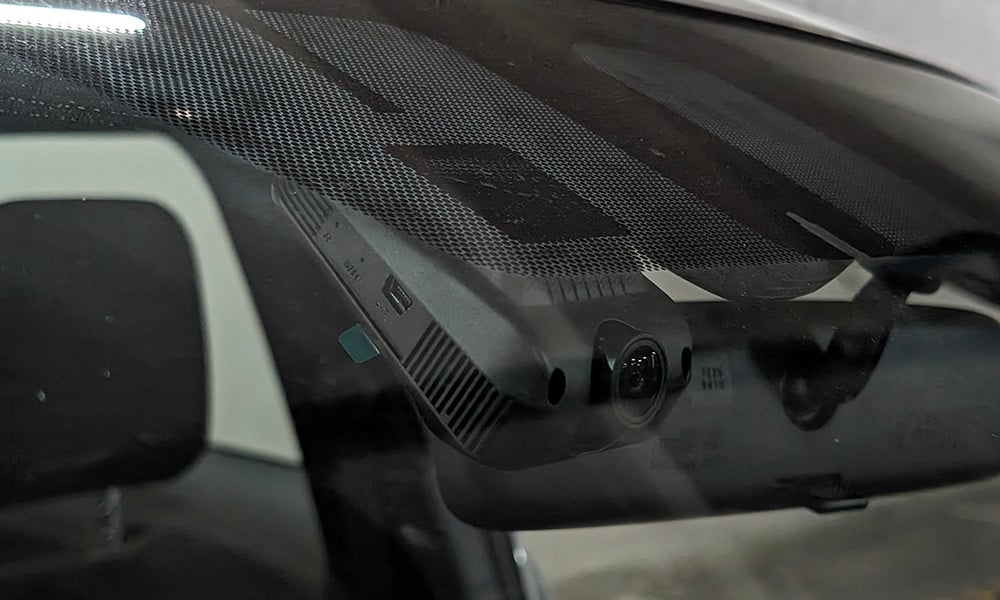
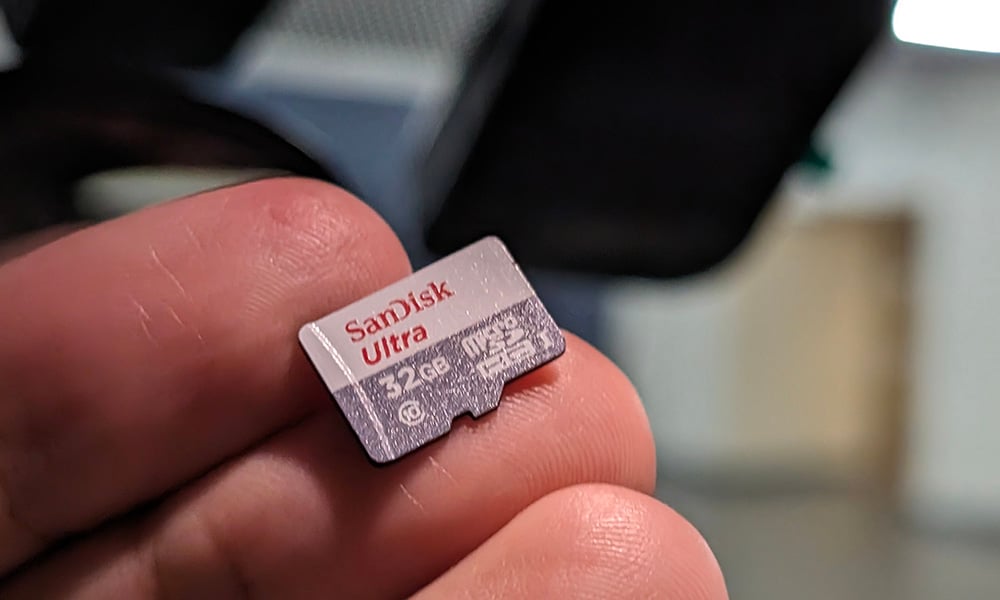
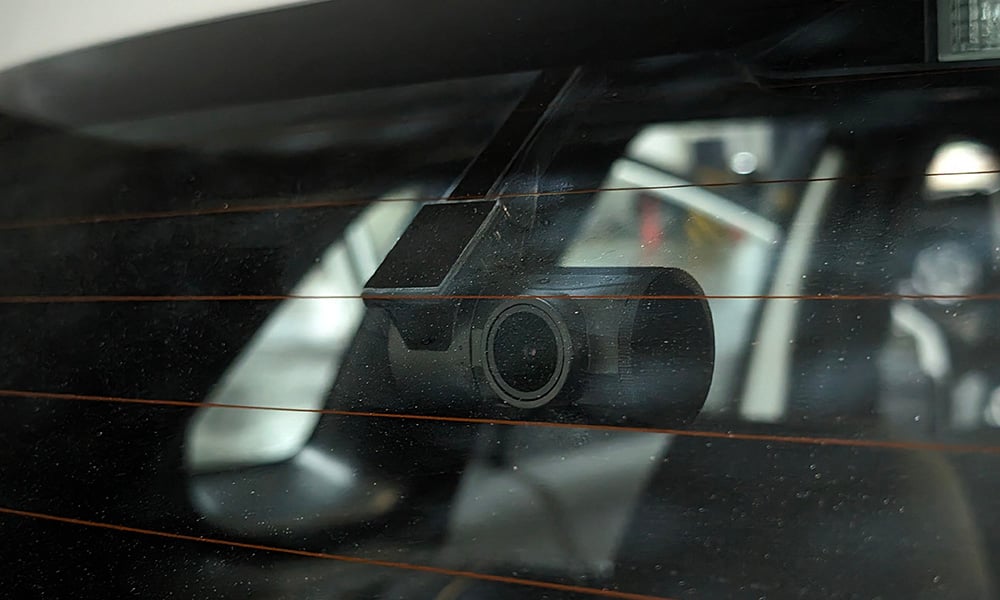
The car comes with it preinstalled, complete with tidy cable management. If you’ve ever tried to DIY-install a dashcam, you’ll know it isn’t for the fainthearted, especially on a new car. Yes, you could have a shop do it for you, but you’d have to take out precious time from your schedule and pay for labor.
“Okay, that makes sense. But is the included dashcam cheap?”
Initially, I had the same thoughts. I thought it was a locally sourced unit with Toyota branding slapped on until I saw the manual and discovered that it was an original part from Toyota Daihatsu Engineering and Manufacturing.
It has some decent specs:
- Front camera – up to 2560 x 1440 (or 1920 x 1080) at 30fps (QHD) with support for wide dynamic range
- Rear camera – up to 1920 x 1080 at 30fps (FHD)
- Audio recording
- G-sensor and GPS module
- Free 32GB microSD with support for up to 128GB
- Parking mode (automatic recording when the car is hit while parked)
- Supercapacitor-based (no need to worry about an inflating battery due to heat)
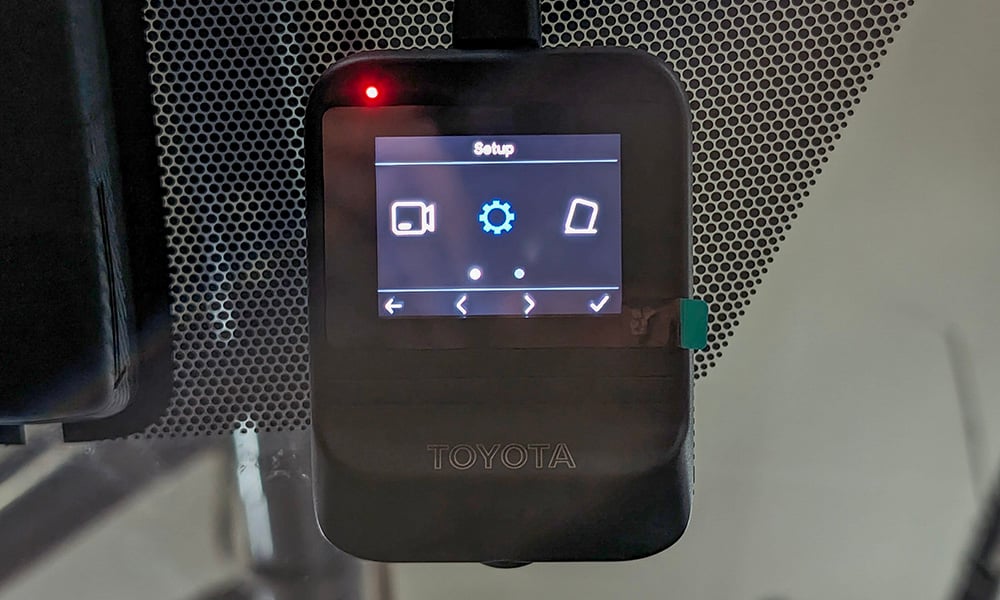
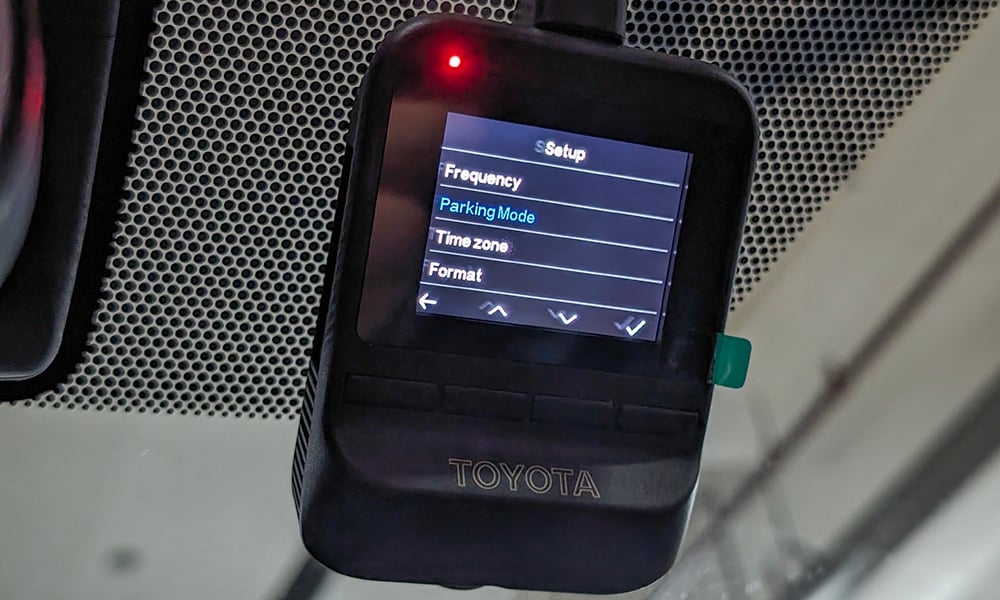
I was still skeptical since a dashcam could have amazing hardware but unusable software (like the Viofo A129 Plus Duo in my car), but I was pleasantly surprised with how simple the interface was to navigate.
Note: Before you can do anything else (like go through the settings), you will have to stop the recording via the rightmost button.
An LED in the upper-left corner will let you know if the camera is on (solid red), is recording (blinking red), or has the Wi-Fi on (blue).
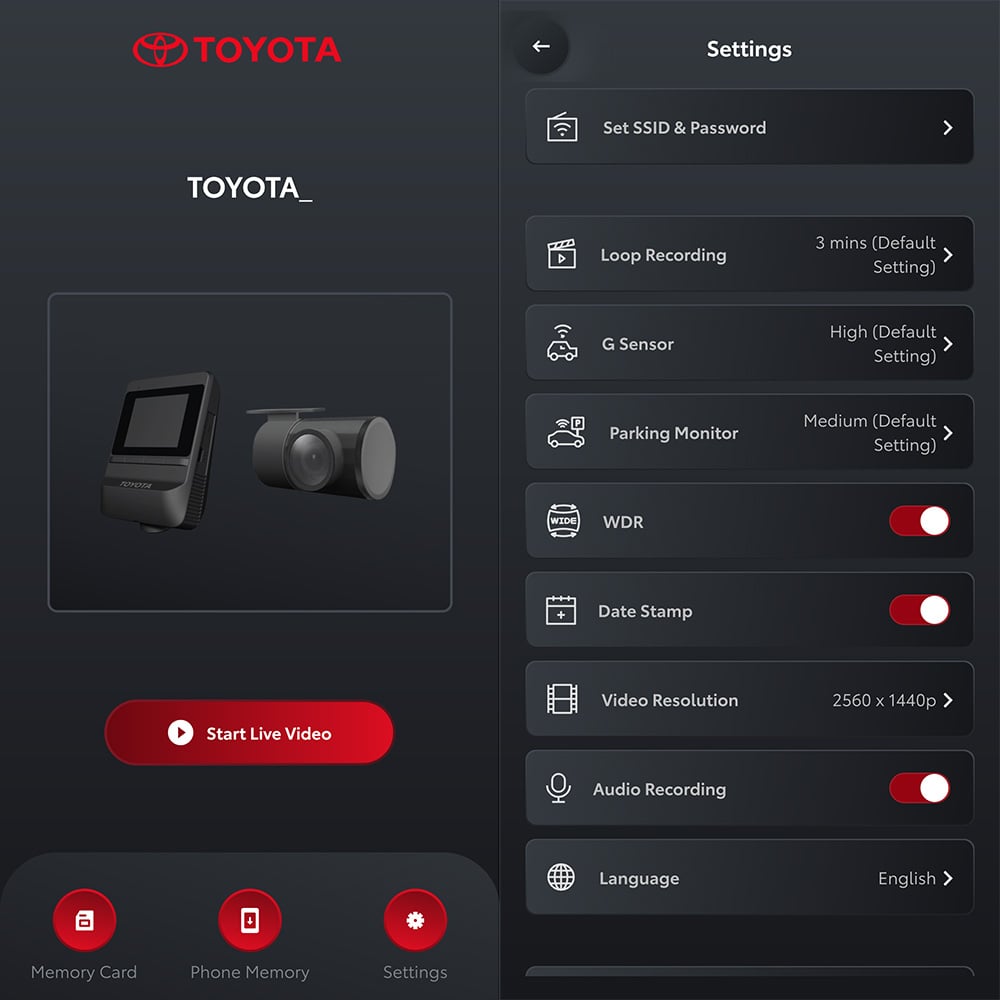
That Wi-Fi mode is key to being able to use the application. The dashcam displays a QR code for you to access it, but here are the links for Apple and Android devices.
From my experience, the app works better on an iPhone versus an Android one, but your mileage may vary as it would terminate my wireless Apple CarPlay connection when I wanted to access the app.
Said app works well with an interface that is simple to navigate.
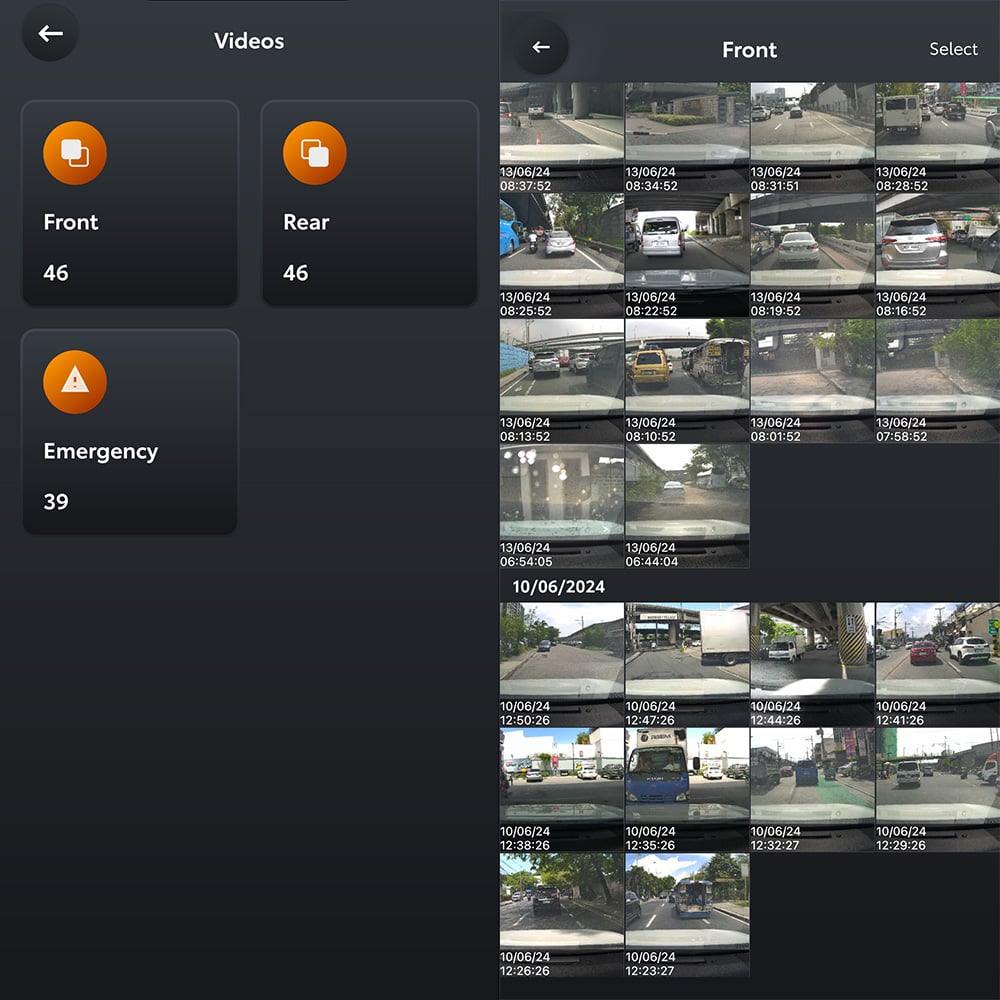
You can view videos from the dashcam’s memory card or phone memory (for saved clips) divided into three categories: front, rear, and emergency.
The latter automatically triggers with high G-forces, like hard braking or an impact.
It’s also recommended you adjust your camera’s settings from the app, as it’s infinitely easier to go through the options on a large screen instead of a tiny one.
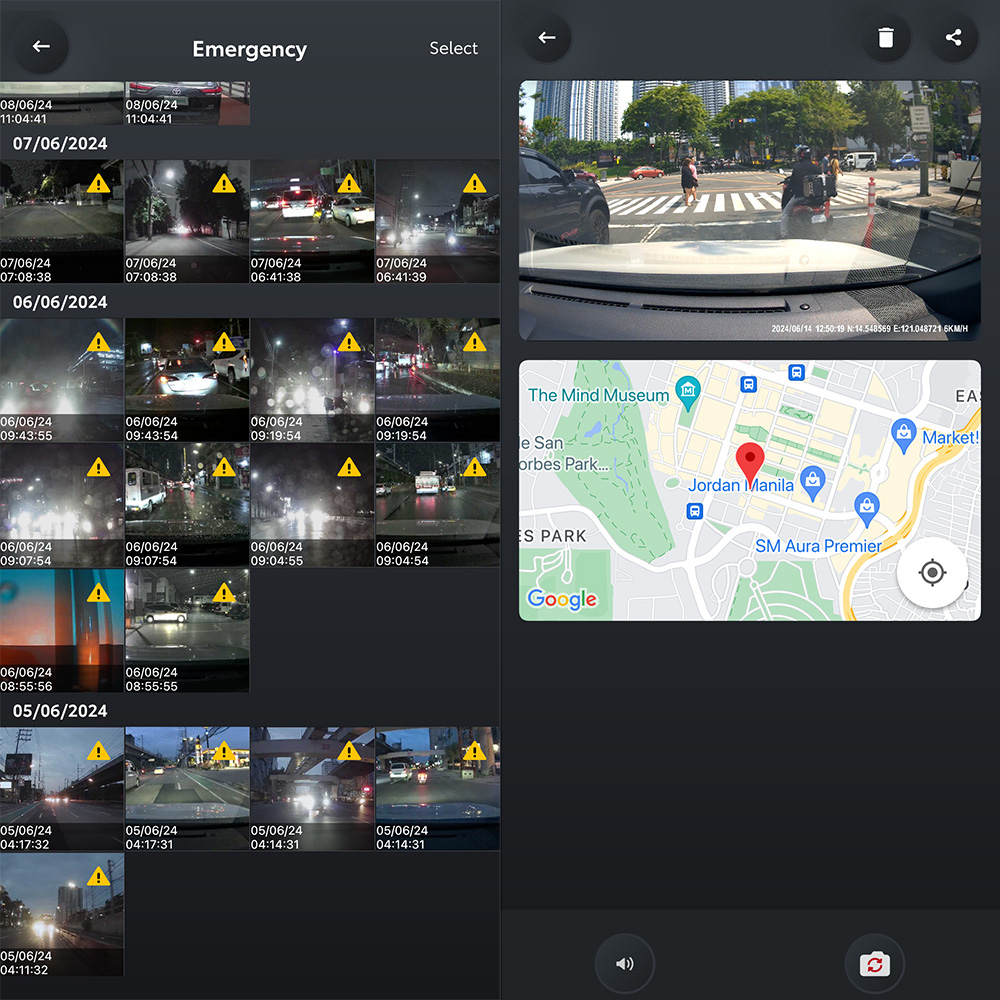
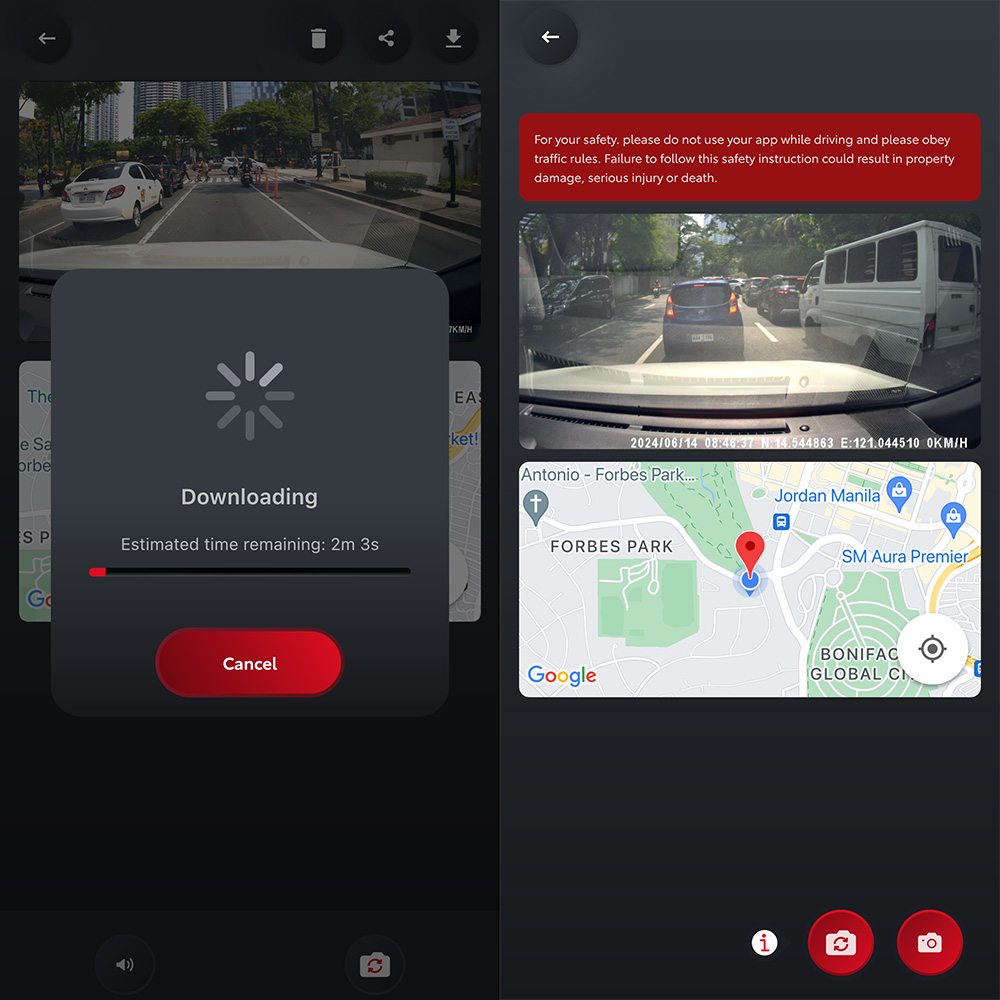
When viewing footage from the gallery, it also shows the location of where that clip was taken.
Downloading footage to your phone is fairly slow (as expected from a wireless connection), and you also have the option to livestream what the camera sees on your phone, but I honestly have no clue why someone would want to.
If you’re impatient, you could always just take the microSD card out and copy it to your desired device.
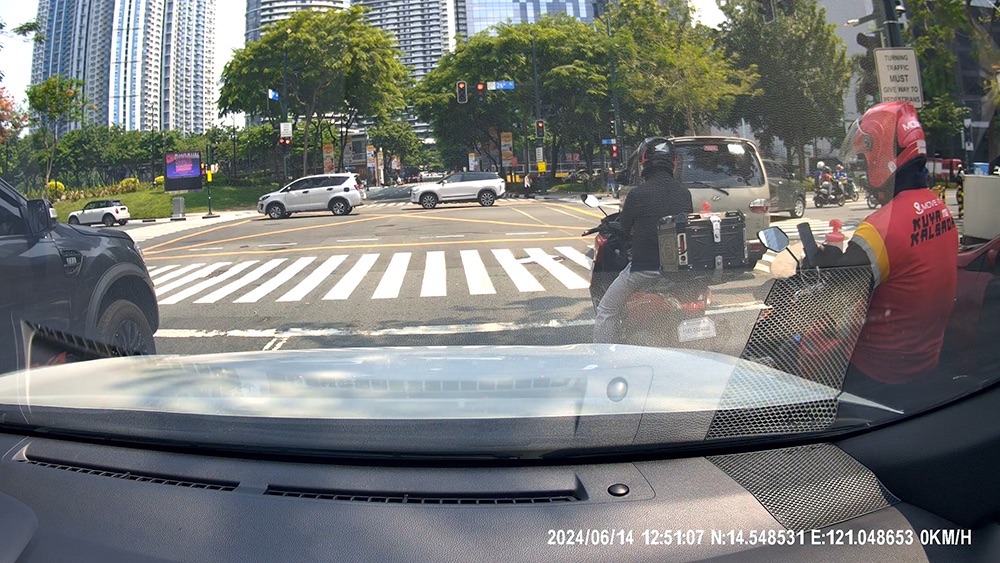
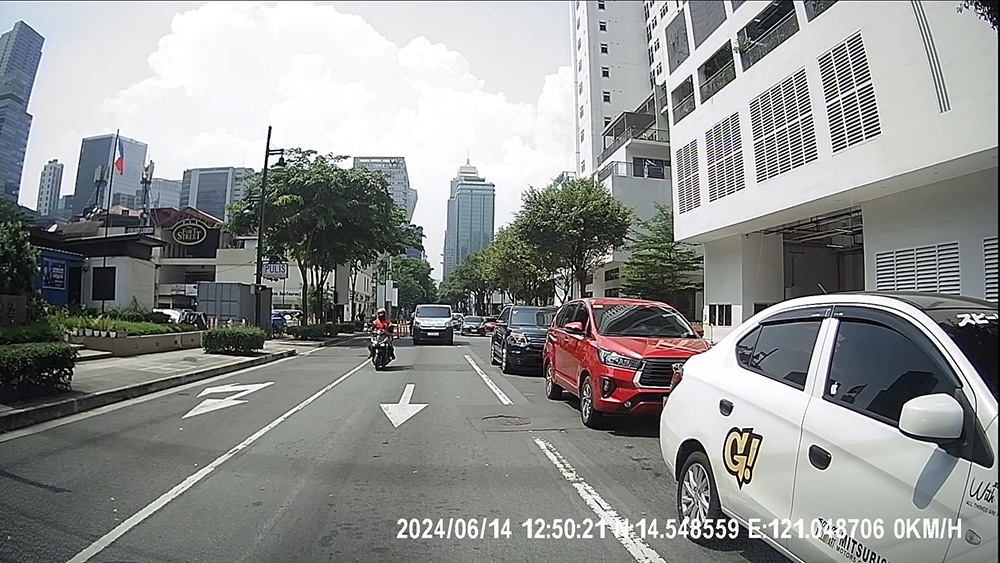
Image quality from the front camera is great with lots of resolution, and there is decent dynamic range in both day and low light. It honestly looks like an action camera, but my only complaint is that I would angle it higher to have less of the dashboard in view.
The rear camera, on the other hand, is adequate. The camera oversharpens details, and highlights can get blown out. It’s also a little dark and grainy, but with no way to increase the exposure compensation. It’s honestly better to have it than nothing.
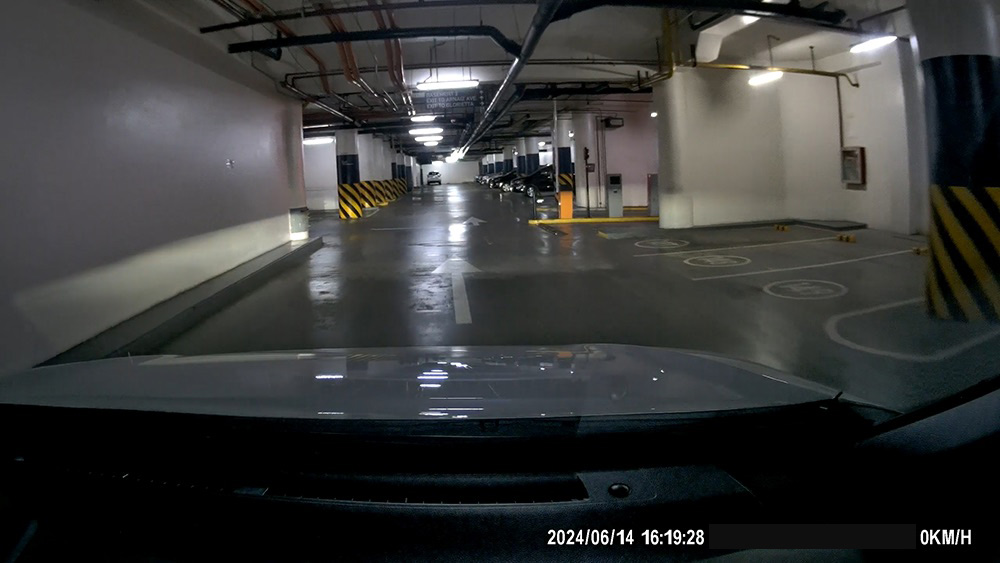
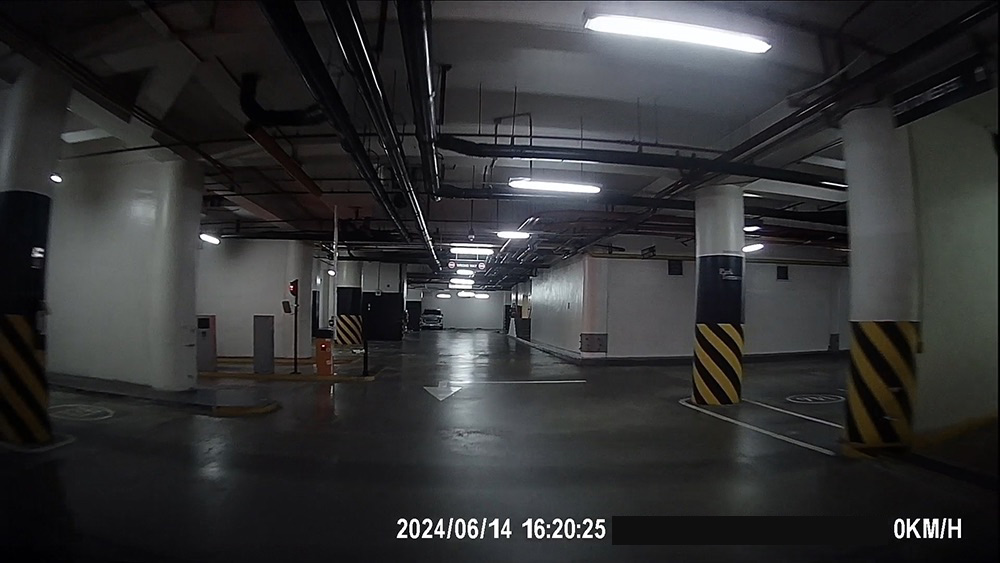
To conclude, the included camera in the new Corolla Cross lineup—and also by extension, the single-camera setup in the Yaris Cross and the Wigo G—is something that more automakers should note when selling cars in our country, whether budget or luxury.
Yes, it’s still nice to have the freedom of choice if you want a different model (or even not to have one). In fact, it might pose issues for those installing window tint, but that’s nothing an experienced tint installer can get around.
But for the motorists who simply want to get in and drive on our chaotic streets with extra reassurance, I tip my hat to the product planner who pushed to include this feature in Toyotas being sold right now.

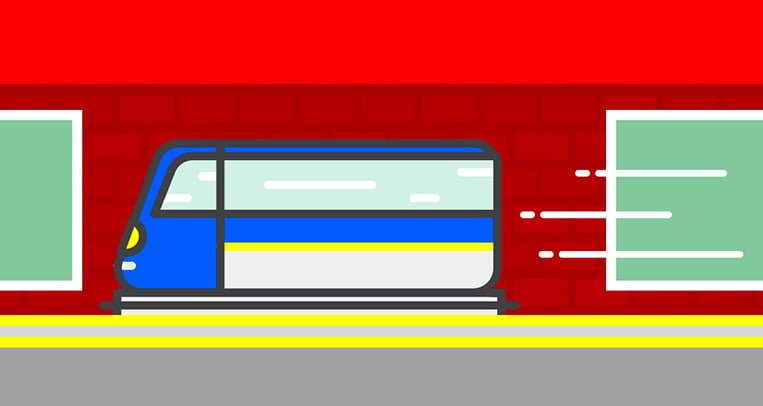
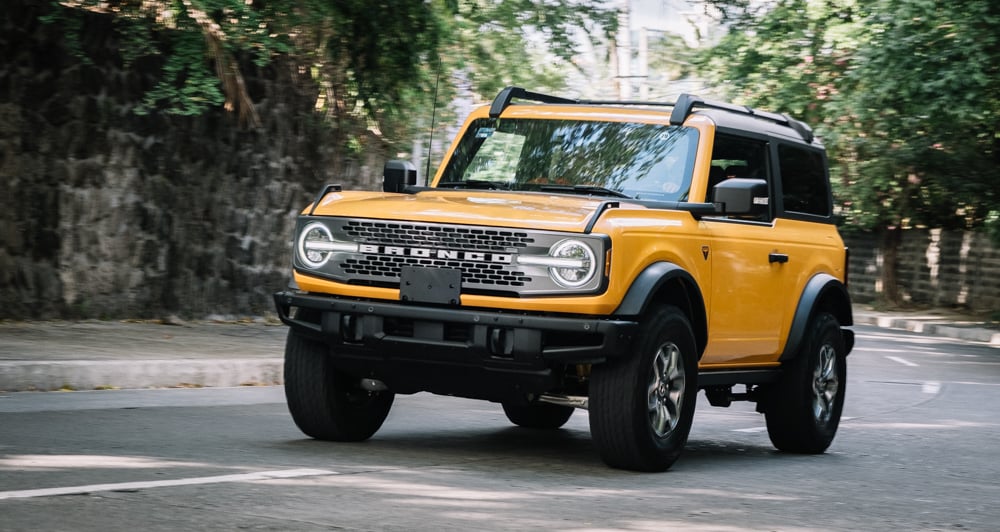
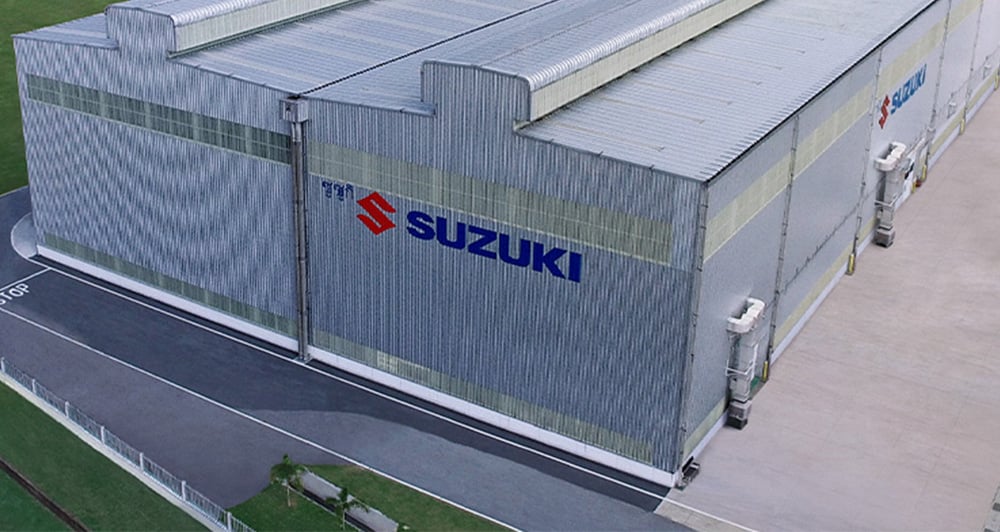
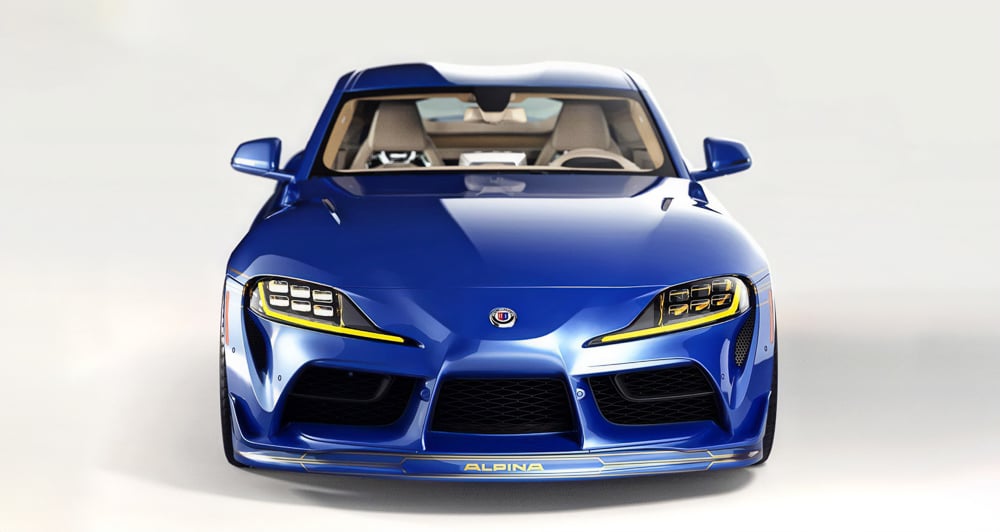
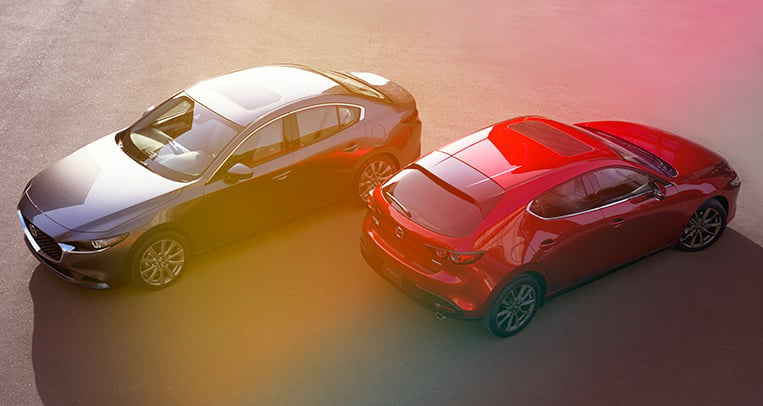
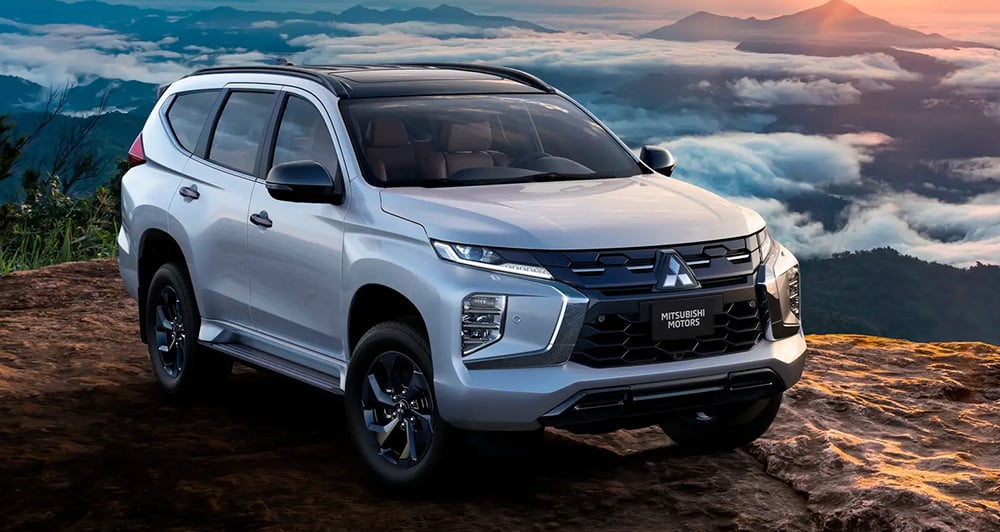
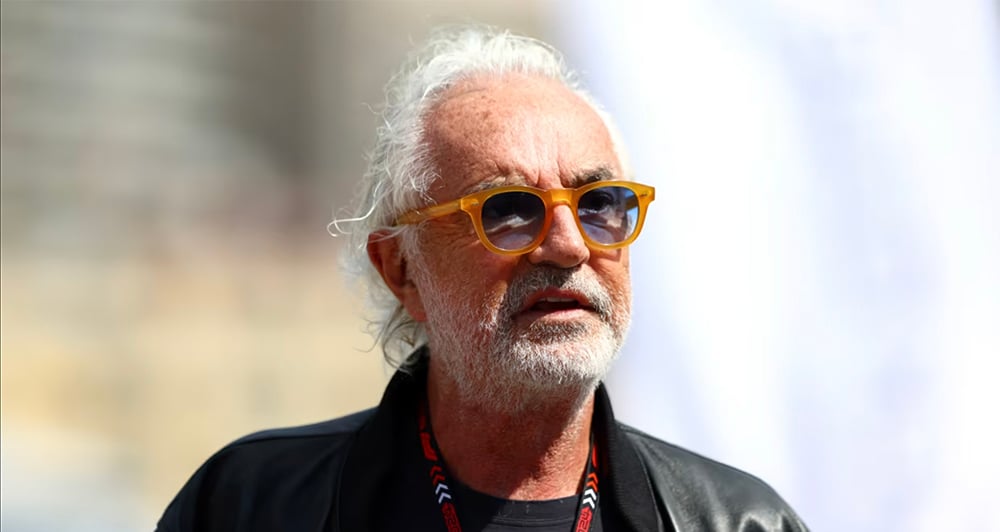
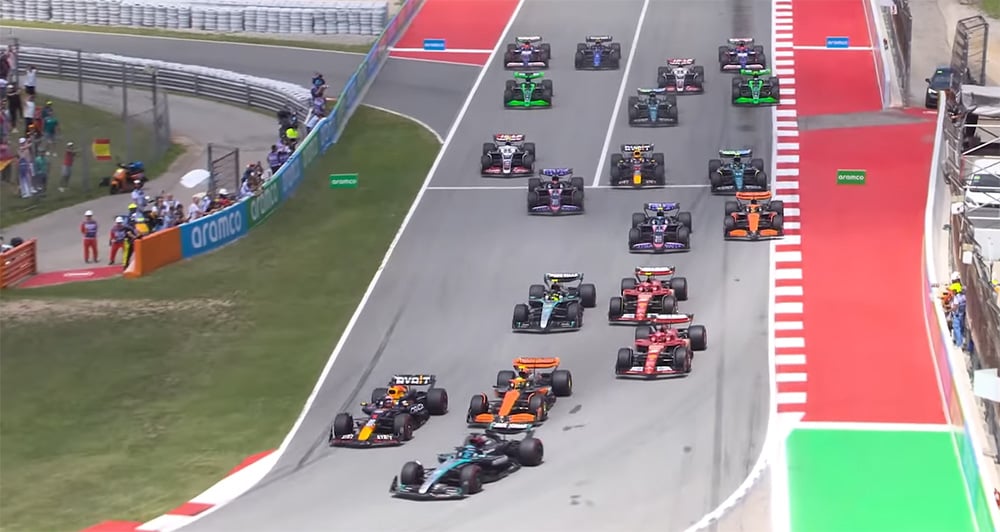
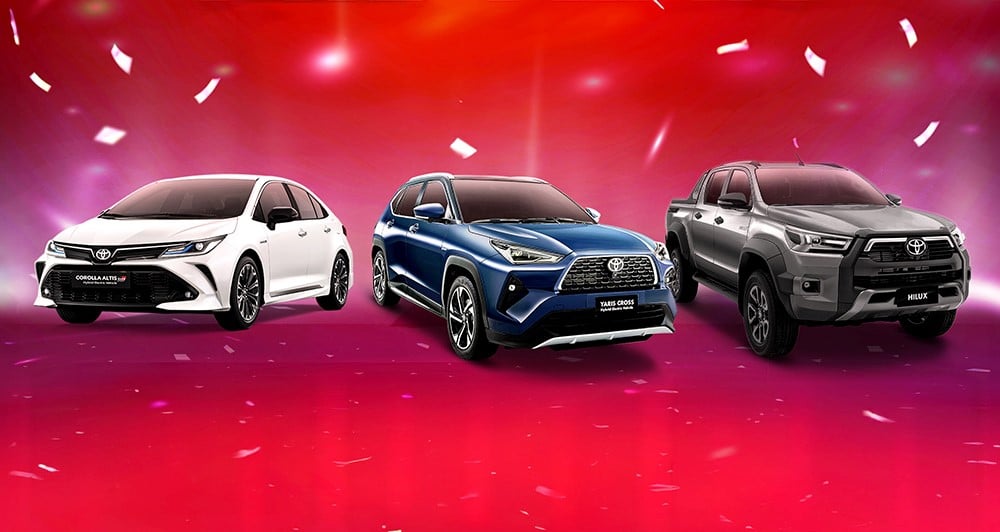
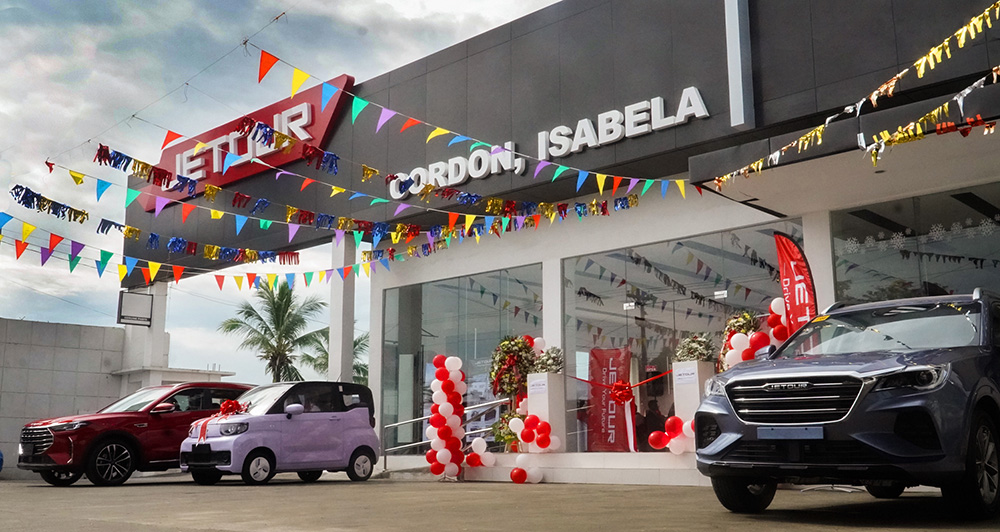
Comments